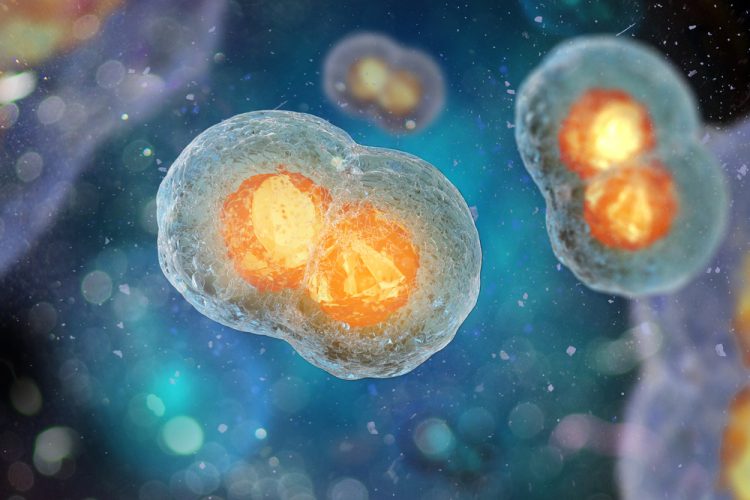Tissue-damaging protein channel identified
Posted: 21 May 2019 | Victoria Rees (Drug Target Review) | No comments yet
Researchers have discovered an acid-activated protein which could stop damage to tissues as a result of stroke and other health issues.


A study published on 26 April in Science saw that researchers have discovered an acid-activated protein which could prevent tissue damage from stroke, heart attack, cancer and inflammation.
The researchers at John Hopkins University School of Medicine named the newly found protein the proton-activated chloride channel (PAC). The team believes the discovery of this protein could provide a new drug target for potential therapies for stroke and other health issues.
Damage or disease, leading to oxygen deprivation, causes a raised level of acid in tissues. If acidity increases enough the cells become damaged and potentially die. When the build-up of acid reaches a certain level, it opens specialised channels in the cell membrane causing a build-up of ions in the cell, eventually causing it to swell and die. The opening channel has been unidentified until now.
The researchers discovered the channel protein by engineering human cell lines to produce a fluorescent molecule which ceased to glow when the channels in the cell membrane opened in response to acid. In all, 2,725 genes were tested to see which one would open the channels and the gene TMEM206 was found to influence channel activity. When the gene was inactive, it prevented channel activity in response to the acid. This gene matched with a single protein, which the researchers named PAC.
“Knowing the identity of this acid-stimulated protein opens up a broad new avenue of both basic research and drug discovery,” says Zhaozhu Qiu, Ph.D., the study’s principal investigator.
Related topics
Drug Targets, Genetic analysis, Protein
Related conditions
Cancer, Heart attack, inflammation, Stroke
Related organisations
John Hopkins University School of Medicine
Related people
Zhaozhu Qiu Ph.D



